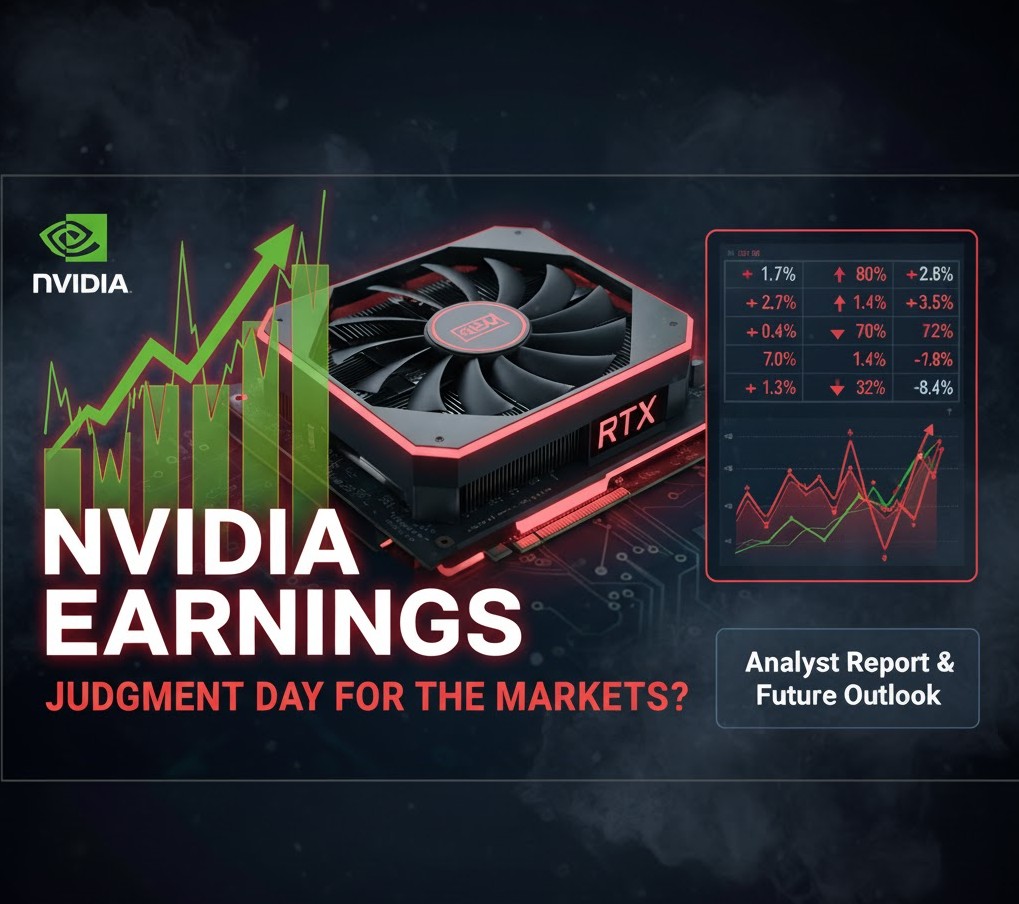NVIDIA Delivers Verdict: AI Boom Accelerates as Earnings Shatter Expectations
The chipmaker’s blockbuster results quiet bubble fears—for now—with $57 billion in revenue and “off the charts” demand for next-generation chips
The verdict is in, and it’s resounding. NVIDIA reported record revenue of $57 billion for its fiscal third quarter ended October 26, surging 62% year-over-year and 22% from the previous quarter. More importantly, the results crushed Wall Street’s expectations and offered a bullish outlook that suggests the AI revolution is far from cooling off.
CEO Jensen Huang declared that “Blackwell sales are off the charts, and cloud GPUs are sold out,” emphasizing that compute demand keeps accelerating and compounding across both training and inference. The statement directly challenged growing skepticism about an AI spending bubble that had rattled markets in recent weeks.
The Numbers Tell a Powerful Story
NVIDIA posted earnings of $1.30 per share on net income of $31.9 billion, easily surpassing analyst expectations of $1.26 per share on revenue of $54.9 billion. But the real story lies in the breakdown and forward guidance.
The company’s data center business—the engine of the AI boom—generated a record $51.2 billion in revenue, up 66% year-over-year and 25% sequentially. Within that segment, compute revenue reached $43 billion while networking revenue hit $8.2 billion, up from $3.1 billion in the same quarter last year.
Beyond data centers, NVIDIA’s gaming division contributed $4.3 billion, up 30% from a year ago, while professional visualization posted $760 million in sales, up 56% year-over-year. The automotive and robotics segment generated $592 million, up 32% annually.
A Half-Trillion Dollar Pipeline: AI Infrastructure
Perhaps most striking was management’s confidence in future demand. During the earnings call, executives revealed visibility into $500 billion in revenue from Blackwell and next-generation Rubin chips from the start of 2025 through the end of calendar year 2026.
The company projects industry-wide spending on AI infrastructure could reach $3 trillion to $4 trillion annually by the end of the decade, positioning NVIDIA at the center of what Huang called “a whole new industry called AI factories.”
For the current quarter, NVIDIA expects revenue of approximately $65 billion, plus or minus 2%—well above the $61.66 billion analysts had forecast and representing continued robust sequential growth.
Wall Street Responds
The market’s reaction was swift and positive. NVIDIA shares rose more than 4% in extended trading, after finishing the regular session up 3%. The results appear to have—at least temporarily—quieted concerns about an AI bubble.
“This is a huge print and guidance from Nvidia that should reignite the bullish tech trade into year-end,” said Wedbush Securities analyst Dan Ives, adding that he thinks “fears of an AI Bubble are way overstated”.
Thomas Monteiro, senior analyst at Investing.com, noted: “This answers a lot of questions about the state of the AI revolution, and the verdict is simple: it is nowhere near its peak”.
Challenges Remain for AI Stocks
Not everything was rosy. CFO Colette Kress expressed disappointment that the company cannot ship current-generation Blackwell chips to China, with H20 sales coming in at just $50 million due to geopolitical restrictions. “Sizable purchase orders never materialized in the quarter due to geopolitical issues and the increasingly competitive market in China”, Kress noted.
Additionally, gross margins showed slight pressure, with GAAP gross margin at 73.4%, down 1.2 percentage points from last year, though the company expects margins to improve to 75% in the fourth quarter.
The Broader Picture for NVIDIA
NVIDIA’s results come after its largest customers—Microsoft, Meta, Amazon, and Alphabet—all lifted their capital expenditure forecasts, now collectively expecting to spend more than $380 billion this year on AI infrastructure.
The strong performance addresses a critical question that had been weighing on markets: whether massive AI infrastructure investments would translate into sustainable revenue growth for the companies building the picks and shovels of the AI revolution.
For now, NVIDIA has delivered its answer. Huang declared that “we’ve entered the virtuous cycle of AI” with the ecosystem “scaling fast—with more new foundation model makers, more AI startups, across more industries, and in more countries”.
As Wednesday’s trading proved, sometimes one company’s quarterly results really can move mountains—or at least calm jittery markets. The AI boom, it seems, has plenty of runway left.
Sources:

